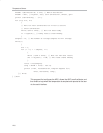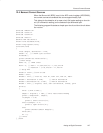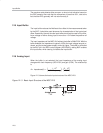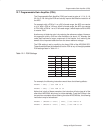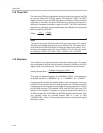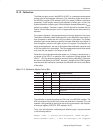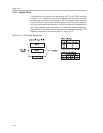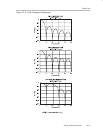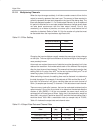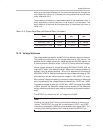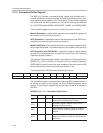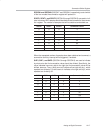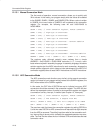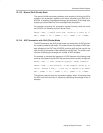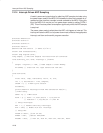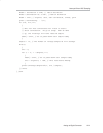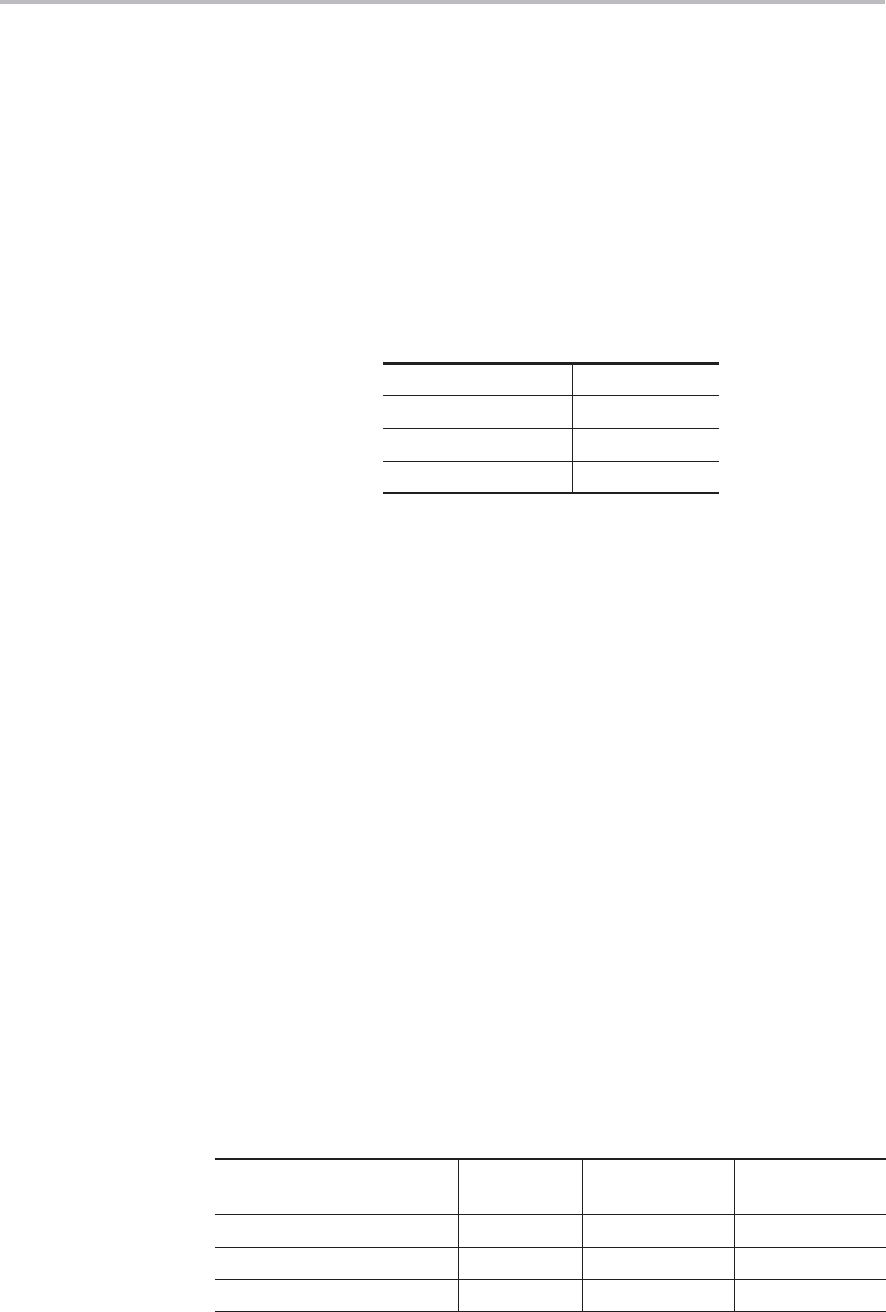
Digital Filter
12-14
12.11.1 Multiplexing Channels
When the input changes suddenly, it will take a certain amount of time for the
output to correctly represent that new input. The amount of time required to
correctly represent the new input depends on the type of filter being used. The
filters are designed to settle in 1, 2 or 3 data output intervals. Up to an additional
full period is required for an accurate sample because a change usually does
not take place synchronous with the data output interval. Due to this
uncertainty, as a matter of practice, one more cycle is used before the full
resolution is obtained. Refer to Table 12−3 for the number of cycles that must
be discarded when the input makes a significant shift.
Table 12−3.Filter Settling
Samples to Discard Filter
1 Fast settling
2 Sinc
2
3 Sinc
3
Changing the input multiplexer usually creates the same type of step change
on the input. The one significant difference is that the timing for the change is
more precisely known.
Auto mode can reduce the amount of data that must be discarded, but it also
reduces the resolution. Auto mode selects each of the different filter outputs
after the input channel has changed. This means that the output uses the fast
settling filter for 2 cycles, then sinc
2
for the next cycle and finally sinc
3
for all
remaining cycles, until the channel is changed again.
When switching channels, the settling time must be factored in to determine
the total throughput. For example, if the data rate is 20Hz and the filter is sinc
3
,
then with five channels it will give a resulting data rate on each channel of
20Hz / (4 samples per channel) / 5 channels = 1Hz data rate on each channel.
There are many trade-offs, however, that can be evaluated to determine the
optimum setup. One of the first criteria is to determine the desired effective
number of bits (ENOB). If 18 bits are needed, the same result could be
achieved with all three types of filters. Using sinc
3
, the decimation would be
about 200, using sinc
2
it would be about 500, and with the fast-settling filter it
would be about 1800. With a modulation clock (or sample rate) of 15 625,
Table 12−4 shows the output data and channel rates.
Table 12−4.Output Data Rate and Channel Rate
Filter
Data Rate
(Hz)
Channel Rate
(Hz)
Synchronized
(Hz)
Sinc3 (dec = 200) 78.125 /4 = 19.53 /3 = 26.04
Sinc2 (dec = 500) 31.25 /3 = 10.41 /2 = 15.625
Fast Settling (dec = 1800) 8.68 /2 = 4.34 /1 = 8.68



